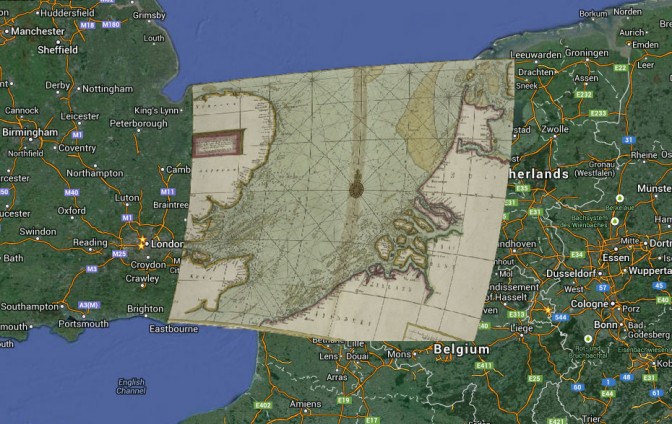Citizen archivists is a term coined by David S. Ferriero, the Archivist of the United States, to call a new breed of users of archives. Visitors who not only come to take information, but bring it as well. Visitors who help to create access to archives by contributing in the form of comments, transcripts or tags. The benefits to the archives are clear, but why would visitors even bother? Let’s take me as an example. Whenever I find a Dutch immigrant on Ancestry with a hopelessly mangled name, I find it easy to add a suggestion to indicate the original name. That way, I can correct indexing errors or indicate the maiden name, enabling other visitors to find the information.
Examples of this new type of volunteers can also be found in the Netherlands. The Vele Handen (Many hands) project is a prime example. The site allows visitors to index military enlistment records. Entering the data is so simple it’s like yoga to me: last name, prefix, first name, place of birth, date of birth, next person! The resulting data can be searched on Militieregisters.nl. Volunteers gain credits that can be used to download scans, which is a nice touch.

Rectified sea chart of the Canal
There are other ways that citizen archivists can get to work, besides indexing or correcting text. The New York Public Library offers online tools that allow you to project a map onto the globe. Simply select a map and then find the corresponding area on the globe. As a next step, mark the location of at least three points on the map. Adding more points increases the accuracy of the projection. Old maps can be very surprising. For example, some maps are not oriented with north on top, others are inaccurate leading to some parts being ‘stretched’ to fit over the current map. The nicest map I have georeferenced myself is a plat map of Clymer, New York, a village where a lot of relatives of mine emigrated to in the 19th century. Thanks to the grid system, it was easy to project the plat map on the current map. By manipulating a lever, I could make the plat map transparent to see who lived where.
These examples show my main motivations for working as a citizen archivist: it is fun to do and helps others find and use the information. And every once in a while you do something that you can immediately use for your own research.
This column first appeared in “Genealogie,” the quarterly magazine of the Central Bureau for Genealogy in the Netherlands.

